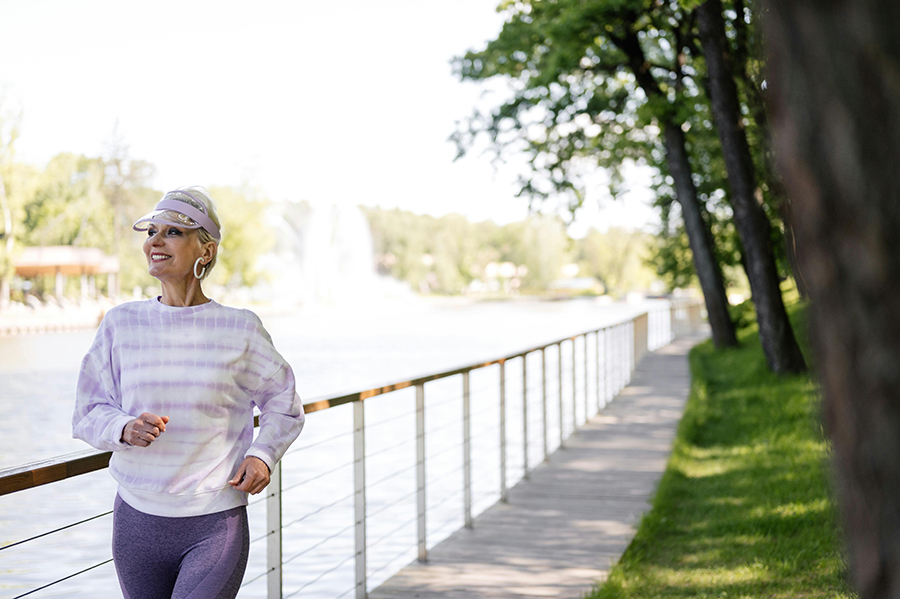Like hearing loss, arthritis is a common part of aging. But just as people with hearing loss can stay social and active with the help of assistive listening devices such as captioned telephones, people living with arthritis can also continue to enjoy many of the activities they love.
People often limit their physical activity due to arthritis, but physical activity is important for staying healthy and is especially important for people with arthritis. Physical activity can help maintain bone strength, exercise the muscles around the joints and, in turn, improve range of motion and reduce pain. A lack of exercise can actually cause more joint stiffness and pain. The key is to choose the right activities by consulting with your doctor. Here are some typically recommended exercises for those with arthritis:
- Low-impact aerobic activities are good because they are easy on the joints but also help build muscle around the affected joints. Low-impact aerobic activities include the basics: swimming, walking and some forms of cycling. Water aerobics is another great activity because water’s buoyancy supports the body weight and puts less weight on your joints. One specific activity to try is water walking, in which you wear a flotation belt to keep you upright as you “walk” in deep water. This is a good activity because it provides 12 times the resistance of normal walking but puts less pressure on the joints than similar exercises.
- Range of motion (ROM) exercises and stretching are also important. A therapist or doctor can provide you with ROM exercises to do four to five times per day. They include typical body movements and help increase flexibility and reduce stiffness.
- The Centers for Disease Control and Prevention says that adults with arthritis are more likely to have falls, so it’s important to do balance exercises a few times a week. This can include heel-to-toe walking, yoga and tai chi, though your doctor or therapist can recommend the best routine for you.
- Strengthening exercises are a bit more vigorous and can reduce bone loss and help keep the muscles strong to better support the joints. Some strengthening exercises include using resistance bands and hand weights, and doing easy body weight exercises. Strengthening exercises are usually done in repetitions of 10 to 15 at lower intensities.


